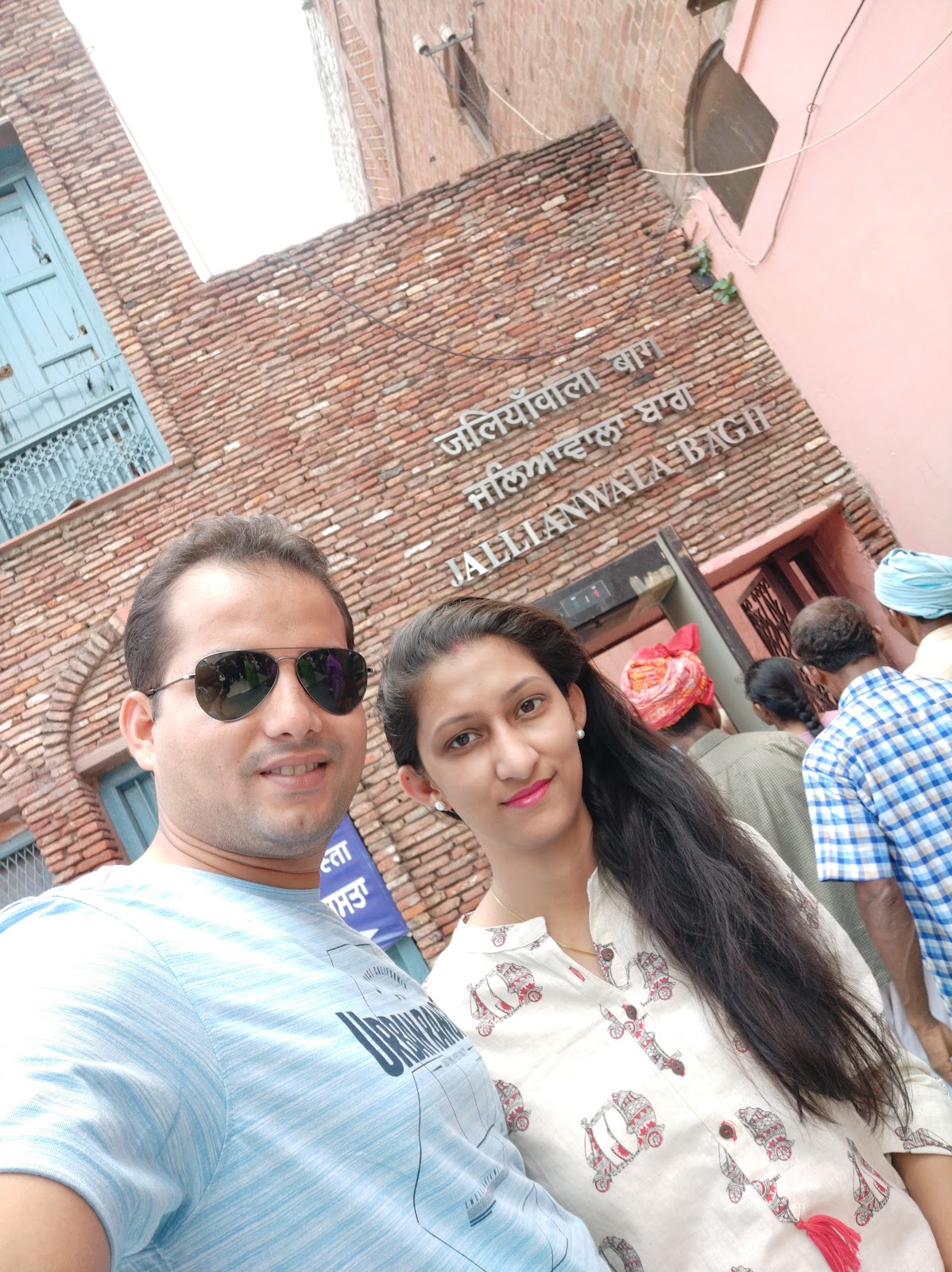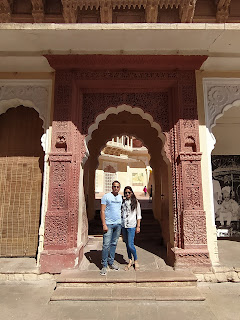A historical and religious tour to Amritsar
Amritsar, the second largest city of Punjab after Ludhiana, is situated in western part of India. As you all know the city is well known for The Golden Temple, one of Sikkism's most significant Gurudwaras, but Amritsar also holds a major role in India's partition history. It is here where one of the most barbaric incidents of British Raj took place on 13th April 1919, in the Jalianwalah Bagh. The incident later became a turning point in the independence struggle. Amritsar is one place in India, which wears its history on its sleeves and its religion in its heart. This place has some most congenial people of India, some really amazing food and gorgeous punjabi outfits to offer. Although I spent only a couple of days in the city, I had fallen in love with it and till date it is one of my favorite places to visit.
If you are planning a visit to the city 2-4 days are sufficient to explore the major spots, cuisine and markets. I am trying to cover almost every detail, including, how to reach, where to stay, what to see, what to eat, what to buy etc. If you are still at a loss at the end of this article regarding any question about the travel to the city do let me know in the comment section. I'll try to cover that too. (This blog is going to have some less photos as right after our trip to this city both me and my husband got transferred to a new city and during all the shifitng phase we just forgot to take back up of our phones. And due one silly mistake of mine the harddisk on my phone blew up. 😢)
How to Reach and Where to Stay
The city is well connected to all of India, as it has an airport, railway station and bus connectivity from major cities of the country. We travelled to Amritsar on our way back from Dalhousie via taxi. Amritsar railway station is situated at a distance of 2.5km from Golden temple, so if you are planning on a days trip for only temple visit you can choose this option. Besides, there are plenty of hotel options available near Golden Temple in the old city. One more advantage of taking a hotel near golden temple is that you get to visit both Golden temple and Jallianwalah Bagh within walking distance.
Places to visit
The first place you would want to visit in this city is obviously the Golden Temple, also known as Harminder Sahib. It is one of the most auspicious places in Sikkhism and houses the Guru Granth Sahib. Golden Temple is an open house of workship and welcomes people from all the faiths. There is no dress code in the Temple but your head should be covered and you should avoid shorts. There runs a community kitchen "Langar" where food is offered to all 24 hours a day. Golden Temple also provides accommodation facilities but these are on first come basis.
The visiting timings at Golden Temple is 04:00 A.M. to 10:00 P.M. There is usually no rush in the temple. Cameras are allowed inside the temple. Since we had reached Amritsar during late evening and our hotel was at a walking distance, we paid a visit to the temple at night and then again in the morning the next day. The place is so peaceful that you would want to spend a long time there, so while planning your visit to Amritsar take some extra time for the Golden Temple.
(Market place right outside the golden temple)
Right outside the Golden Temple there is a huge market, where you can satiate your taste buds and can purchase souvenirs for your loved ones. The best things that I liked about these shops is that, in case you are purchasing fabric length for suit, these shop owners deliver you completely stitched suits to your hotel rooms within a couple of hours. Now that's some marketing skills !!
Our Next destination in the city was Jallianwala Bagh, it is at a distance of 550 mtr from The Golden Temple. There is no entry fee at Jallianwala Bagh, timing is between 06:30 A.M. to 07:30 P.M.
(Entry to the Jallainwala Park)The park has been preserved as a historic garden and memorial. On the wall inside the park, you can still see the bullet marks. As a student I had read that the passage leading to the park was narrow and that too was blocked by General Dyre, and a total of 379 people were killed on 13th April 1919. While visiting the memorial I realized how barbaric the act was. Inside the park there is a Martyr's gallery and museum showcasing the history of Jallianwala Bagh.
The Next important place to visit is the Partition Museum. The entry fee for the museum is Rs.10/- for an adult and it is open from 10:00 A.M to 06:00 P.M. It is closed on Mondays and public holidays. The Partition Museum is world's first museum dedicated to the partition of 1947. India's partition of 1947 is one of the largest migration of the history. The museum is literally amazing, it depicts the stories of those affected by the partition via oral recordings of that time, personal artefacts, newspapers reports, letters, photographs and many more. The museum is spread over 2 floors and is well curated. Moving thorough the museum you are sure to experience as if you are present there in 1947. My husband got so moved while in the museum he tried to be a part of the drafting committee of constitution.
(Just see how realistic Mr.Pandey is looking in those borrowed glasses 😆)Next on our trip we went on to explore the Govindgarh fort, which is situated in the heart of the city. You can visit the fort throughout the week between 10:00 A.M to 10:00 P.M. There is an entry fee to the fort also, which ranges between Rs.150-650 depending upon the package you are choosing. Package includes different activities which are available inside the fort. Inside the fort there is wax warfare museum, pagdi museum, sikh art museum, light and sound shows showcasing history of punjab, toshkhana, various cannons and architectural attractions, Sher e punjab a 7D show, live performances on different occasions. Also there is Kesariya darbar, a restaurant inside the fort offering the best of punjabi cuisines, as is said "Kesariya darbar is not just a restaurant but an experience that epitomizes royalty."
One more destination that is easily covered while in Amritsar is the Attari-Wagah Border Retreat ceremony, which I have already covered in my previous blog, ( you can find it here https://blabbertour.blogspot.com/2020/09/the-attari-wagha-border-experience.html)
1.Lahori Gate Market
2.Hall Bazar
3.Guru Bazar
4.Kapda Bazar
5.Old City Bazar
6.Shastri Market










Comments
Post a Comment